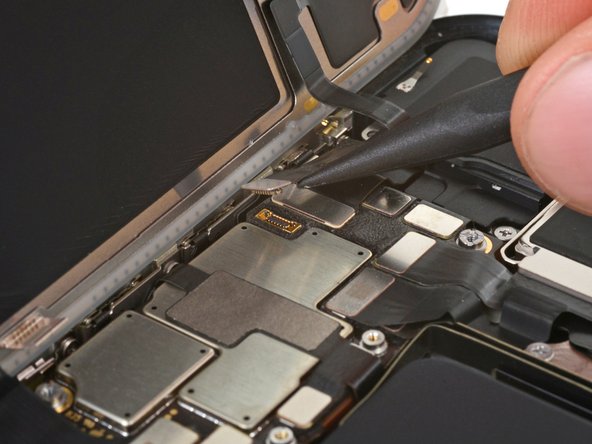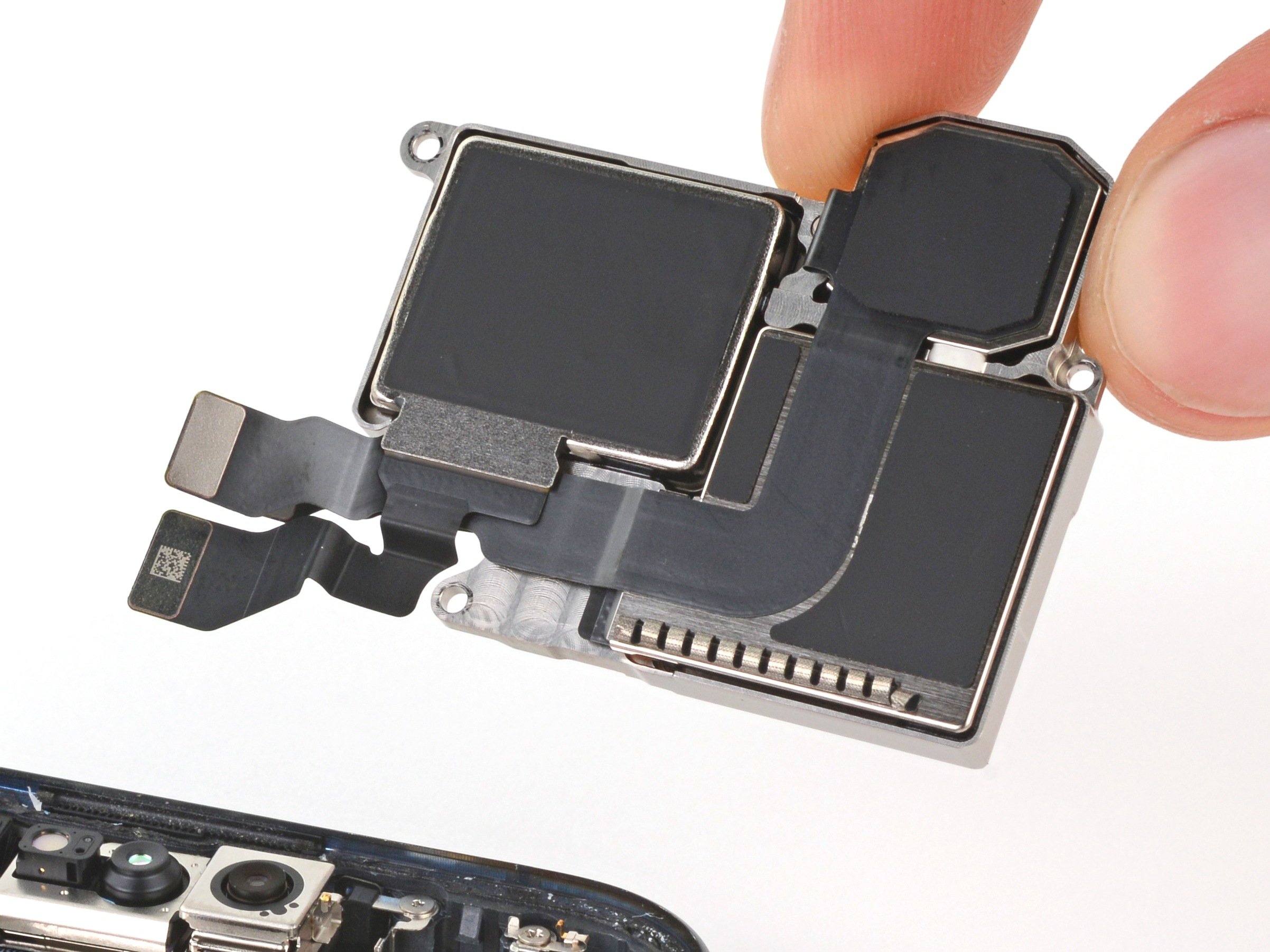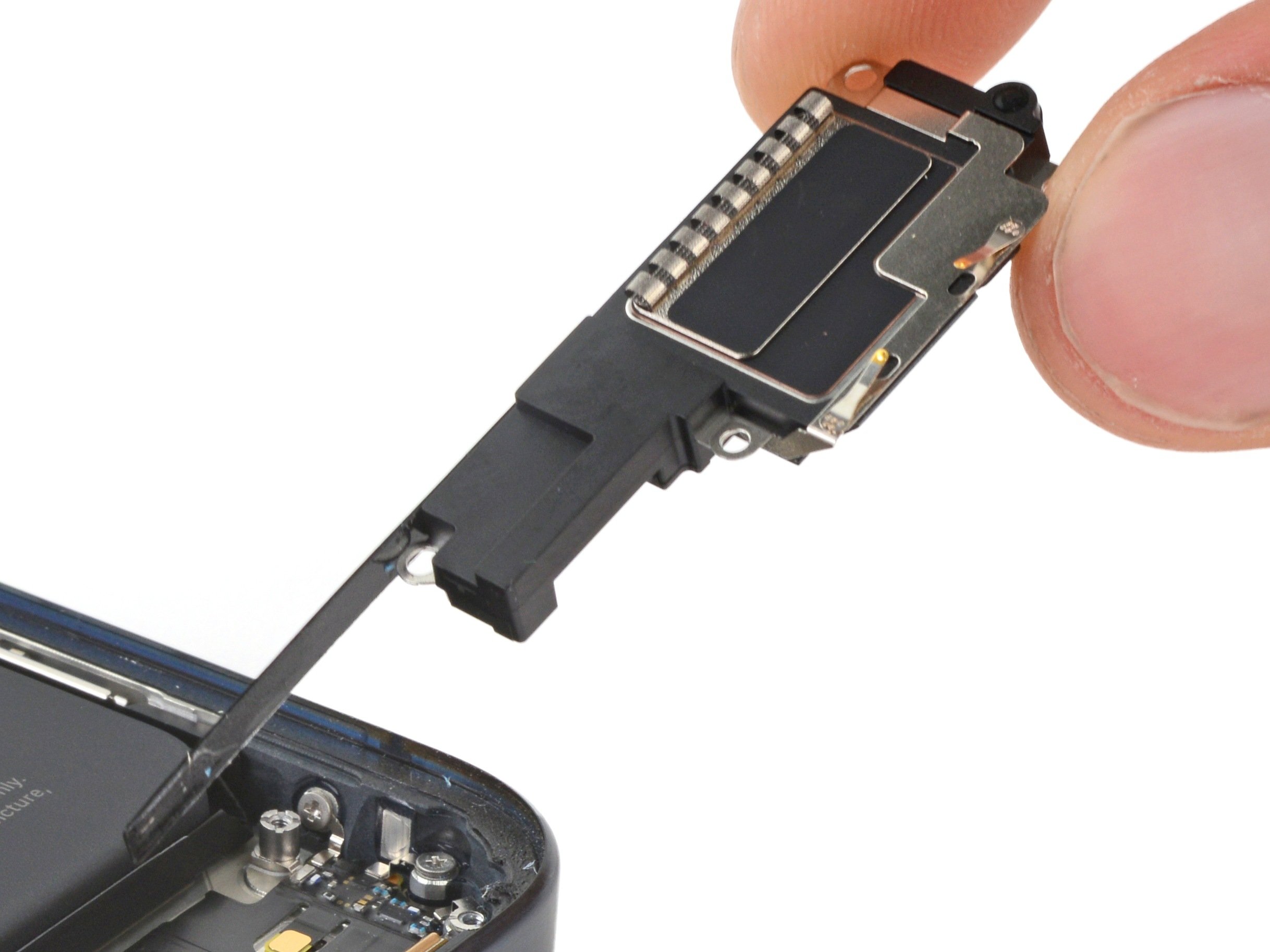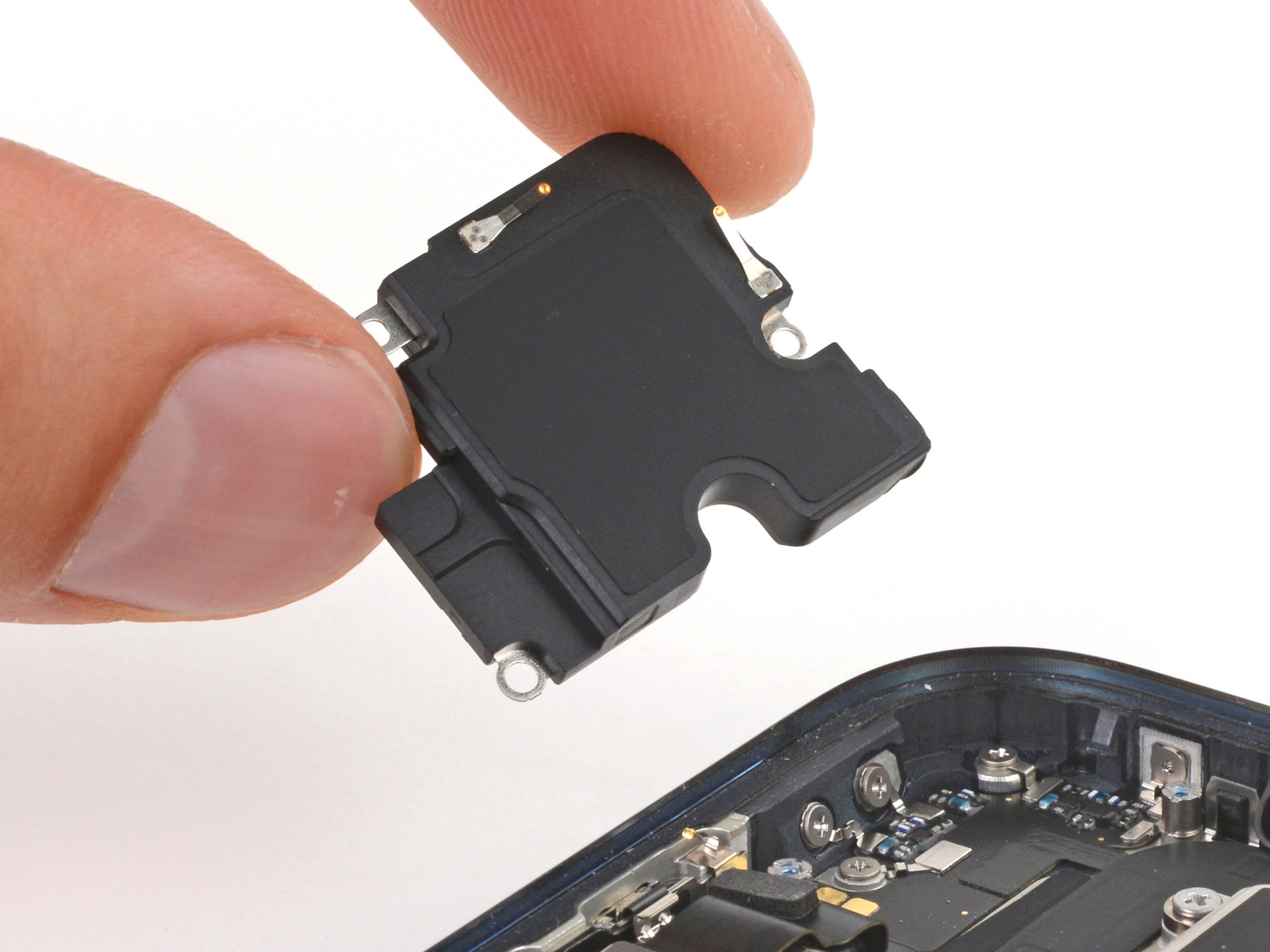iPhone 15 Pro Max Screen Replacement
Duration: 45 minutes
Steps: 23 Steps
Ready to bring your iPhone 15 Pro Max back to life? Replacing a cracked or broken screen is easier than you think! Just grab some replacement screen adhesive, and you're set. Keep in mind that if your iPhone is running iOS 17.6 or earlier, True Tone and auto brightness will be turned off after the replacement, even if you're using an original Apple screen. No worries though – if you're on iOS 18 or later, you can restore all the functions by calibrating the new screen with Apple's Repair Assistant. If you need help, you can always schedule a repair.
Step 1
Let your phone's battery drop below 25%. A fully charged lithium-ion battery can be a bit risky, so it's best to keep things safe.
- First things first, let’s disconnect any cords from your phone. Give those cables a little break!
- Now, press and hold the power button along with either the volume button, then slide to power off your phone. Time to give it a little snooze!
Step 2
Find a nice, clean spot near the bottom edge where your suction cup can get a good grip.
- If your screen or back glass is looking like a shattered puzzle, grab some packing tape and lay down overlapping strips over the glass. This will keep you safe and make the disassembly process a breeze!
Step 3
Be careful not to insert your opening pick too deep! It can hurt your device if you're not mindful. Here's a quick tip: mark your pick to avoid going too far.
Feel free to mark the other corners of your pick too, using different measurements to make sure you're staying on track.
Another option is to tape a coin about 3mm from the tip of your pick. It’ll act as a perfect stopper to keep you safe from any damage.
- Take your opening pick and jazz it up by marking a line 3 mm from the tip with a permanent marker.
Step 4
- Grab a P2 pentalobe driver and unscrew the two 7.2 mm-long screws on either side of the charging port. Easy, right?
Step 5
Watch out for the heat! Keep your phone cool—those batteries can be a bit dramatic when it comes to temperature.
- Grab a hair dryer or heat gun and warm up the bottom edge of the screen until it feels nice and toasty to the touch.
Tools Used
Step 6
- Stick a suction handle onto the bottom edge of the screen.
- Give the handle a firm, steady pull upward to gently create a little space between the screen and the frame.
- Slide the tip of an opening pick into that gap you just made.
Tools Used
Step 7
As you carefully cut through the adhesive that's holding the screen in place, keep an eye out for these areas:
- There are two delicate cables linking the screen to the phone. One's just above the action button, and the other sits near the middle of the left edge. Handle them with care—these cables are a little on the shy side!
- The phone's perimeter has a bunch of spring contacts. Be careful not to push your pick in too deep around these areas, as it could bend the contacts. Keep it gentle—nobody likes a bent contact!
Step 8
Keep your opening pick at a safe depth—no more than 3 mm along the bottom edge, please!
- Gently slide your pick back and forth along the bottom edge to separate the sticky stuff holding it all together.
- Once you're at the bottom right corner, leave your pick in place to keep the adhesive from sticking back. We’ve got this!
Step 9
- Warm up the right edge of the screen until it feels nice and toasty. You want it hot to the touch, but not burning—just the right amount of heat to make things a bit easier!
Step 10
Keep your pick shallow—no more than 5 mm—when working along the right edge. Your device appreciates the gentle touch!
- Glide your pick along the bottom right corner of the screen, heading toward the power button. When you hit a stubborn spot, that’s a clip holding the screen in place.
- Twist your pick so the flat edge slides underneath the screen—like you’re flipping a pancake, but way less delicious.
Step 11
- Give that pick a little twist to widen the gap between the screen and the frame—you're aiming to pop the right clip loose.
- Slide a second opening pick right next to the first one to keep things moving along.
Step 12
- Gently slide the first pick all the way to the bottom right corner of the screen. You got this!
- Now, take the second pick and slide it up to the top right corner. This helps separate the adhesive—don’t rush it, it’s doing its thing!
- Leave both picks in place to stop the adhesive from resealing. They're doing a great job, so let them chill there for a bit.
Step 13
- Gently warm up the top edge of the screen until it feels nice and toasty to the touch.
Step 14
Keep your pick to a maximum depth of 3 mm along the top edge, or you might be diving too deep into the unknown.
- Gently glide your pick around the top right corner and along the top edge to pop open those two clips and break the adhesive seal. You've got this!
Step 15
- Warm up the left edge of the screen until it's comfortably hot to the touch. Just enough to get it nice and toasty – you don't want to burn anything, but you do want it warm enough to work with.
Step 16
Be careful not to shove your pick in deeper than 2 mm along the left edge, or you might bump into the cables that connect the screen to your phone. Keep it light and breezy!
- Gently glide your pick around the top left corner of the screen, like you’re performing a delicate dance move.
- Now, slide that pick down to the bottom left corner to break free of the adhesive's grip—you're doing great!
Step 17
If the screen’s holding on like it’s got trust issues, take another lap around the edge—you might have missed a sneaky spot of adhesive or a stubborn clip.
- Carefully swing the screen open to the left side of your phone.
- Lean the screen against a box or something similar to keep those cables chill and safe.
Step 18
As you dive into this repair adventure, remember to keep a close eye on each screw and ensure it finds its way back to its original home. You've got this!
- Grab your tri-point Y000 driver and wave it like you just don't care—then use it to unscrew the six screws holding down the logic board cover:
- One screw is 2.1 mm long (the tall one in the crowd)
- Five are 1.5 mm long (short and sweet)
Step 19
- Grab those tweezers or just use your fingers to gently slide the logic board cover towards the bottom of your phone to free up that sensor cable.
- Now, go ahead and remove the cover!
Tools Used
Step 20
When reconnecting a press connector, line it up with its socket and press down gently on one side until you hear a satisfying click—then press down on the other side. Make sure it’s sitting nice and flat; sometimes that rubber around the socket likes to play hard to get.
- Gently use the tip of an opening pick to nudge up and disconnect the battery press connector. You've got this!
Step 21
- Grab your spudger and gently use the point to lift and disconnect the ambient light sensor press connector from the top left of the logic board. It’s a small move but super important to keep things going smoothly!
Tools Used
Step 22
- Gently disconnect the screen press connector. Give it a little wiggle and it should come right off, no fuss.
Step 23
Heads up! Make sure to treat those spring contacts like delicate little friends while cleaning the frame—no squishing or stressing!
- Ready to put things back together? Just work through the steps in reverse and you'll be good to go.
- If you swapped out a part, you might be able to calibrate it using Apple's Repair Assistant (check out iOS 18 for that). Head to Settings → General → About → Parts & Service History, tap Restart & Finish Repair, and follow the prompts.
- When it comes to broken bits, recycle responsibly—look for an R2 or e-Stewards certified recycler.
- If your device is still being stubborn, give troubleshooting another shot, or swing by our Answers community for some advice. And if you hit a wall, you can always schedule a repair with us!






























































